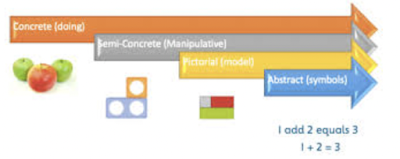Fab timing; this is just what I felt like doing at almost 39 weeks pregnant! 😂 But I know how valuable this information is and I'm very much Team Seesaw when it comes to ease of use and wonderful learning opportunities in the classroom with tamariki teina. So, I know it's going to be important.
But, because I also know my baby-brain will be mush for at least another year, I have decided the best way to ensure I don't forget everything is to make a list of all the important things I'll need to remember when I'm back in the classroom.
- Seesaw Messages - You can now message groups (whānau and tamariki) rather than the whole class. You can also message all your classes at once. Not helpful for me, but perhaps someone like Christine.
- Voice buttons - Audio recordings can be attached to shapes, pictures etc...
- Lock function - You can lock size and/or location of items
- Ambassador Benefits - used to be the same as Seesaw Plus. NOT FROM AUGUST 2022!! They want our money now... so you'll only be able to access multipage posts, create 500 activities, and contribute to the Library. You'll no longer be able to add 5 kaiako to your page, or have 25 active classrooms (not really relevant anyway). Not being able to add kaiako will be a pain; you'll only be allowed two. if we wanted to upgrade to Seesaw for Schools, we will receive 20% discount if we sign up before September 2021. Hornby only needs Seesaw plus @ $120 per year.
- THIS link is really helpful for teachers starting out with the free version of Seesaw. It also includes steps to get whānau onboard.
- Anything else I might need will be HERE. Including training, trouble-shooting, updates etc...
- Extra courses available from July 26th - Aug 13th if you want to brush up on activities and curriculum areas. Check out web.
- If you change schools - make sure you change the school you're connected to at the bottom of your dashboard. If you don't you'll loose Ambassador status!












